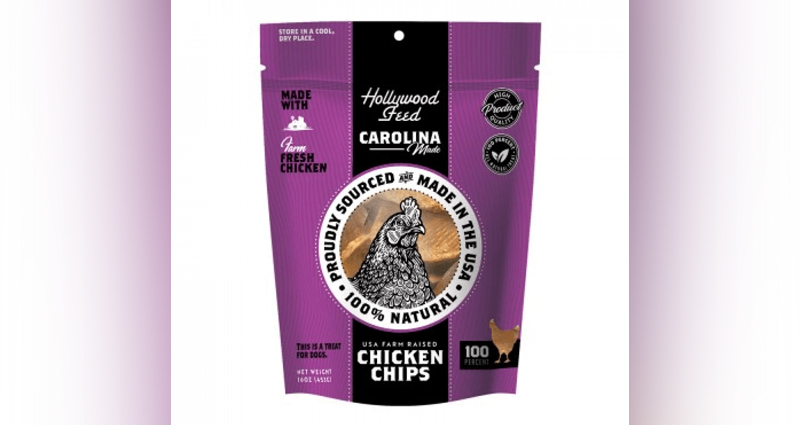Twenty years ago, Jonny Moseley skied to a gold medal in men’s moguls at the 1998 Nagano Olympics after landing a 360 mute grab on the course’s final jump.
But it’s about more than one gold medal, or one particular trick. It’s about a moment and how that moment played a role in helping to shape the future of an entire sport.
To understand the importance of the 360 mute grab, you first have to understand the state of freestyle skiing in the late 1990s.
Snowboarding was exploding in popularity, while freestyle skiing was “stagnating,” according to Moseley.
A change was beginning to take place, with a group of skiers moving away from the rigid rules of freestyle events like moguls and aerials and heading into the terrain parks. There, they emulated what the snowboarders were doing and they began to develop innovative new tricks. This was the start of the freeskiing movement.
Before the Nagano Olympics, Moseley began mixing in with a group of young Canadian skiers new to the World Cup scene. This group, known as the “New Canadian Air Force,” represented the new direction of skiing.
“I started hanging out with them and picking up what they knew,” Moseley said. “And one of the things they were doing that I thought was awesome was that grab, that 360 mute grab.”
Moseley worked on that trick, and once he officially qualified for the 1998 Winter Games, he knew that he wanted to add it into his run.
“I was trying to represent what was happening in skiing,” he said. “If you’re not doing something new, then that’s not a sport. It’s not about doing something a little bit better than what other people are doing.”
Two weeks before the Olympics, Moseley busted out that trick in a competition for the first time. It scored well with the judges, and he won the event.
“No one really had time to figure it out in two weeks,” he said. “So when I took that thing to the Olympics, I had a pretty strong competitive advantage.”
That victory had Moseley’s confidence sky high going into the Olympics. He had already won two World Cup events earlier that season without the 360 mute grab, and now he had a new weapon to help put him over the top.
“I was feeling like it was all firing. I was at a really good skill level, and that trick just gave me that [extra edge],” he said.
“I’m out there all day long waiting to take this one run that my whole life has been building up to.”
In Nagano, things started falling into place after Moseley won the opening round of the moguls competition. That made him the top qualifier for the final, but it also meant he would be the last skier to take a run.
That meant one thing: pressure.
“You’re at the top, and it’s like the longest day of your life,” he said. “I’m out there all day long waiting to take this one run that my whole life has been building up to.”
When the time finally came for Moseley to take his run, he remained confident.
“I remember thinking, okay, if I can just get off this bottom jump and hit this trick, I’ve got this in the bag. I just felt like it was there.”
Moseley made his way down the moguls course, finally arriving at that final jump. He remembers taking off so fast that it felt like his heels were coming out of his boots.
“I remember reaching down and grabbing the ski, and at that point, I kind of had a moment you don’t want when you’re competing,” he recalled. “Like, you don’t want to be taken out of it. But I remember just having hangtime and being like, yeahhhh, and seeing the crowd and thinking, I got this.
“And then I just put my feet down, and back then there weren’t many moguls in the finish, so I basically skied across the line with my hands in the air. That was a great moment.”
A great moment for Moseley, but also an important one for many young skiers watching it on TV, including Olympic medalists Gus Kenworthy and David Wise.
“It was just this iconic moment,” Kenworthy, the 2014 silver medalist in ski slopestyle, recalled. “I was doing moguls at the time, so I was pretty excited to watch moguls on TV. And the aspect of mogul skiing that I liked the most was the jumps, so to see someone do this crazy-sick jump and then win was really cool for me. It was motivation.”
“That was probably the first American that I watched win an Olympic medal in a sport that I understood and I was a part of,” Wise, the reigning gold medalist in ski halfpipe, told Yahoo! Sports in 2014.
A number of Olympic skiers – including Kenworthy, Wise, Devin Logan, Brad Wilson and Mac Bohonnon – cite Moseley as one of their greatest influences because of that 360 mute grab in 1998, or even the “dinner roll” he landed four years later at the 2002 Olympics.
“I still throw a big tweaked mute grab in my halfpipe run,” Logan said. “You’ve got to know where it originated and just bring back the O.G. stuff.”
Ever since that moment in Nagano, countless people have approached Moseley to tell him that his run in 1998 is what got them into skiing. And while he makes sure to give due credit to New Canadian Air Force members JF Cusson and JP Auclair for originally inventing the 360 mute grab, he’s begun to realize the lasting impact that bringing that trick out of the underground and into the mainstream has had on the direction of the sport now that 20 years have passed.
In those 20 years, mogul skiing has certainly undergone progression, but it’s the new-school freeskiing disciplines that are really booming right now. The Winter Olympics added its first two freeski events, halfpipe and slopestyle, to the program in 2014, and big air could be coming in the future.
“Twenty years gives some perspective on where this freeskiing movement started and where it is. You can kind of see the whole thing now,” Moseley said. “When we started doing that stuff, there was no way we thought that was going to be in the Olympics 16 years later.
“Now you can see it all, and you can just directly pinpoint how it started, where it went. And yeah, the 360 mute grab that I did in ’98 was a part of that, so it’s cool to see.”


















































































































